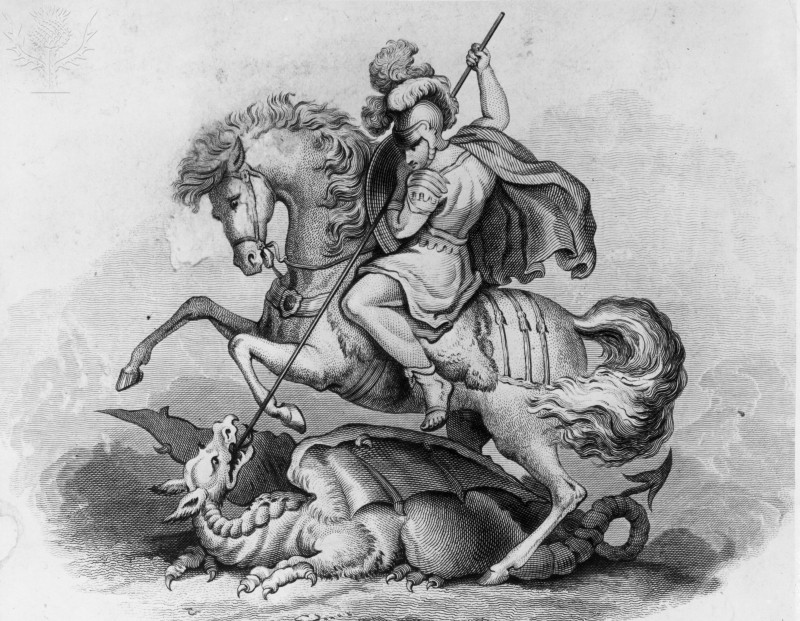The Importance of Fantasy

Some might scoff at the children’s naivety while others revel in their innocence. This instance begs the question on whether modern society should bother maintaining children’s belief in the fantastical. The well-renowned children’s book writer Theodor Seuss Geisel once said, “I like nonsense, it wakes up the brain cells. Fantasy is a necessary ingredient in living. It is a way of looking at life through the wrong end of a telescope. Which is what I do, and that enables you to laugh at life’s realities.” Like the writer of many fantastical stories, I believe the belief in fantasy and myths are pivotal for children.
When I look back at my own childhood, I can’t imagine it without my young aspirations to become a wizard or to fight off the orcs of Mordor. While those seem like a stretch from Santa Claus or the Easter Bunny, they aren’t really different. Believing in special sticks that have magical powers is much like believing in a giant bunny that delivers Easter eggs around the world. As Santa Claus and the Easter Bunny were some of the earliest myths I believed in, they opened the gateway to my belief in other fantasies. If a tiny fairy can sneak under their pillows for a tooth and leave money, why can’t there be a fire-breathing dragon in the forest?
In Dreamworks’ “Rise of the Guardians”, one of my favorite movies, it creatively illustrates the importance of fantasy and myths. The movie follows Jack Frost, an immortal, rebellious teenager with power over the winter weather, and his struggle to find his purpose. The movie also includes Santa Claus (alternatively named North), the Tooth Fairy, the Easter Bunny, and the Sandman. These characters are the Guardians, protectors of the children of the world. The main antagonist is Pitch Black, more commonly known as the Boogeyman. As Jack is trying to find his purpose in the world, after being told that he is meant to be a Guardian, he learns that each Guardian has a specific duty to children. North protects the wonder and imagination in children’s minds, Tooth protects the memories and innocence of childhood, Bunny protects the hope of change and new beginnings, and Sandy protects their dreams. Pitch, the Lord of Nightmares, wants to take away these things from children, for when the children stop believing in these things, the Guardians lose their powers and start to fade away.
Myths offer more than a way for parents to coerce their child to be good. Whether intentional or not, these fantasies bring happiness and hope to children. Now, are children who don’t grow up with these myths unhappy then? Not necessarily so, but these stories give children something to believe in: something good when everything seems bad. Does this mean we should shelter children with fantastical notions that life always has a happy ending? No, because sometimes Gandalf and Dumbledore have to die (sorry for the spoilers.) Writer N.D. Wilson wrote, “We do no one any favors when we pretend away the darkness in the world.” Reality will eventually catch up to children as they grow older, and the more shelter we give them, the harsher the reality will be when it hits them.
What fantasy helps illustrates is that when darkness that seems unconquerable is conquered, the light that comes after shines much brighter. Writer G.K. Chesterton said, “The baby has known the dragon intimately ever since he had an imagination. What the fairy tale provides for him is a St. George to kill the dragon.” Fantasies and myths offer hope that even if there is darkness, it can be conquered, and that hope is one of the most powerful gifts we can give to children.
